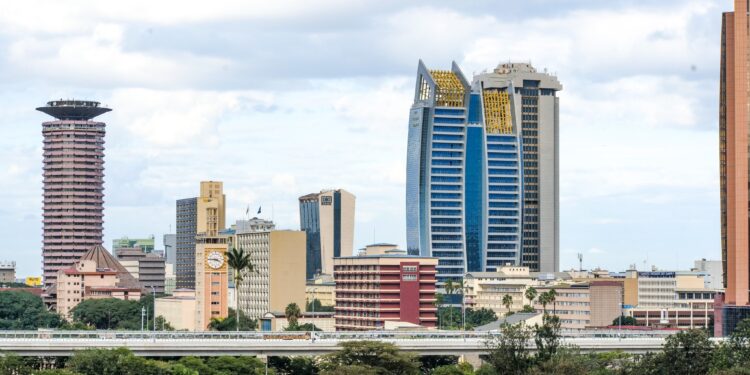Only 15 out of the 39 licensed commercial banks in Kenya have a core capital surpassing Ksh10 billion and above as of December 2022.
The core capital requirement for Kenyan banks in 2023 remained at the minimum of Ksh 1 billion (USD 12 million), which was set by the Central Bank of Kenya (CBK) in 2012. The regulator, through the National Treasury now has a plan to raise this minimum core capital requirement 10 times – to 10 billion (USD 120 million).
First things first – what is core capital in the context of your bank?
It is the minimum amount to be maintained by a bank, allowing it to protect customers against unexpected losses.
Now – why would the government raise this core capital requirement?
Simple – increasing the capital base for banks is expected to drive financial sector stability. In addition, this strengthens the resilience of Kenyan banks and more importantly increases their capacity to finance large-scale projects.

The higher the core capital, the higher the lending ability and by extension the higher the interest earned, and profits generated by extension.
Also Read: How and Why Kenyan Banks Are Consistently Making Profits
Finally with the emergence of technology and innovation, the increase of core capital creates sufficient buffers from a capital perspective so that banks not only absorb but withstand the emerging risks associated with technology adoption.
Core Capital Context
This plan has been a long time coming. Let me provide some context. Nigeria has a population of close to 200 million. Nigeria has about 24 commercial banks. Kenya has a population of 51 million. Kenya has 39 commercial banks. This means that Kenya has more banks serving a population ¼ of Nigeria. Does this make sense?
The lower capital ratio for Kenyan banks might explain why this is the case. Or it might not – either way there is a correlation between the number of banks and the core capital required
It would appear that Kenya and Nigeria are trying to address issues related to core capital and the strategy to increase the limits.
On March 28, 2024, the Central Bank of Nigeria (CBN) revised the minimum core capital requirements for commercial, merchants, and non-interest banks with a view of strengthening the financial system in Nigeria and achieve its very ambitious US$1 trillion economy in GDP by 2030.
Also Read: CBK Announces Closure of Foreign Bank’s Operations in Kenya
International banks core capital requirements moved from 50 billion Naira to 500 billion ($337 million), National banks from 25 billion naira to 200 billion ($134 million) and regional banks from 10 billion Naira to 50 billion ($37 million)
This must mean something
It means that the move by the regulator in Kenya is the right move. Why? Because it will force Kenyan banks to either look for additional core capital or consolidate with other banks. An example of this is the consolidation (read acquisition) is of Spire Bank and Equity Bank at the end of 2022.
Another example is the selling of 62.5% stake of First Community Bank to Mogadishu’s Premier Bank Limited (Somalia) for Sh2.8 billion after the bank’s core capital dropped from Sh1.65 billion in September 2023 to negative Sh331 million in December of the same year – leading to a breach of its capital strength ratios required by Central Bank of Kenya.
Finally – while the plan by the Central Bank of Nigeria is in a 24-month period, Kenya’s Central Bank did not give a timeframe
As one of my friends says on “X” – we will be there no matter what.
Follow our WhatsApp Channel for real-time news updates:
https://whatsapp.com/channel/0029VaB3k54HltYFiQ1f2i2C










































































